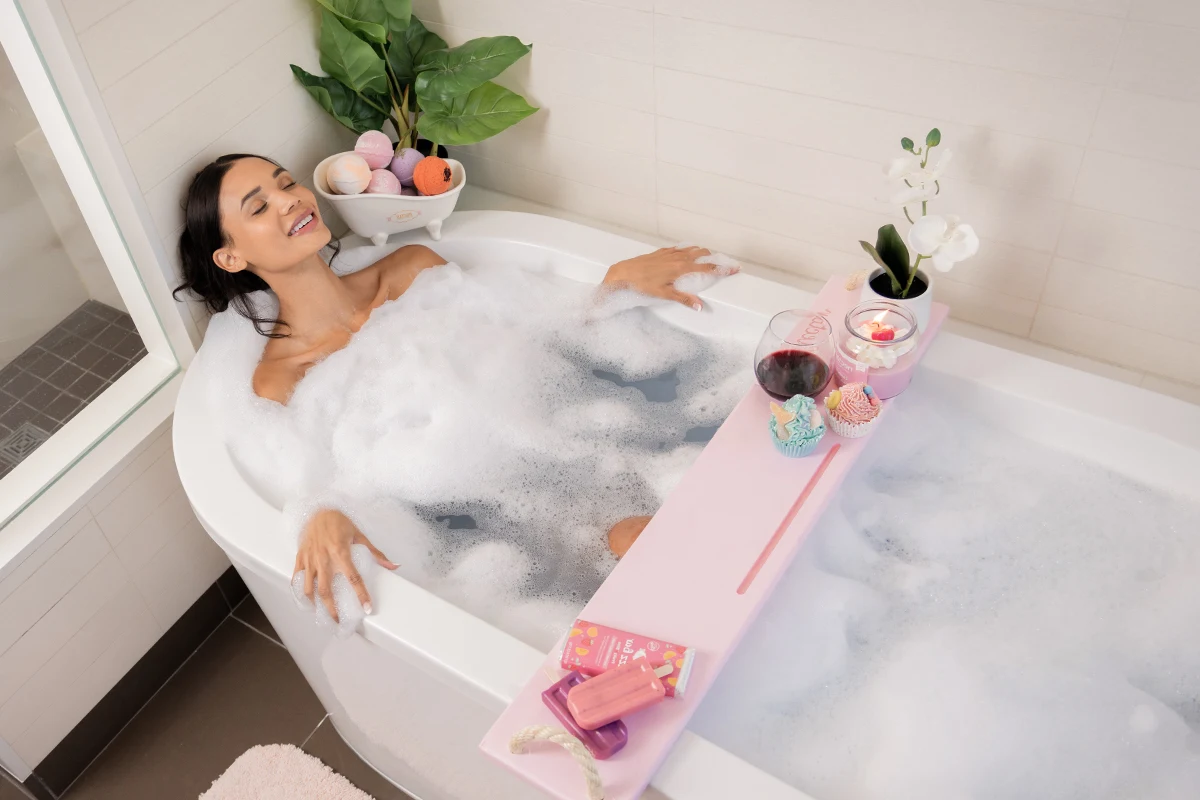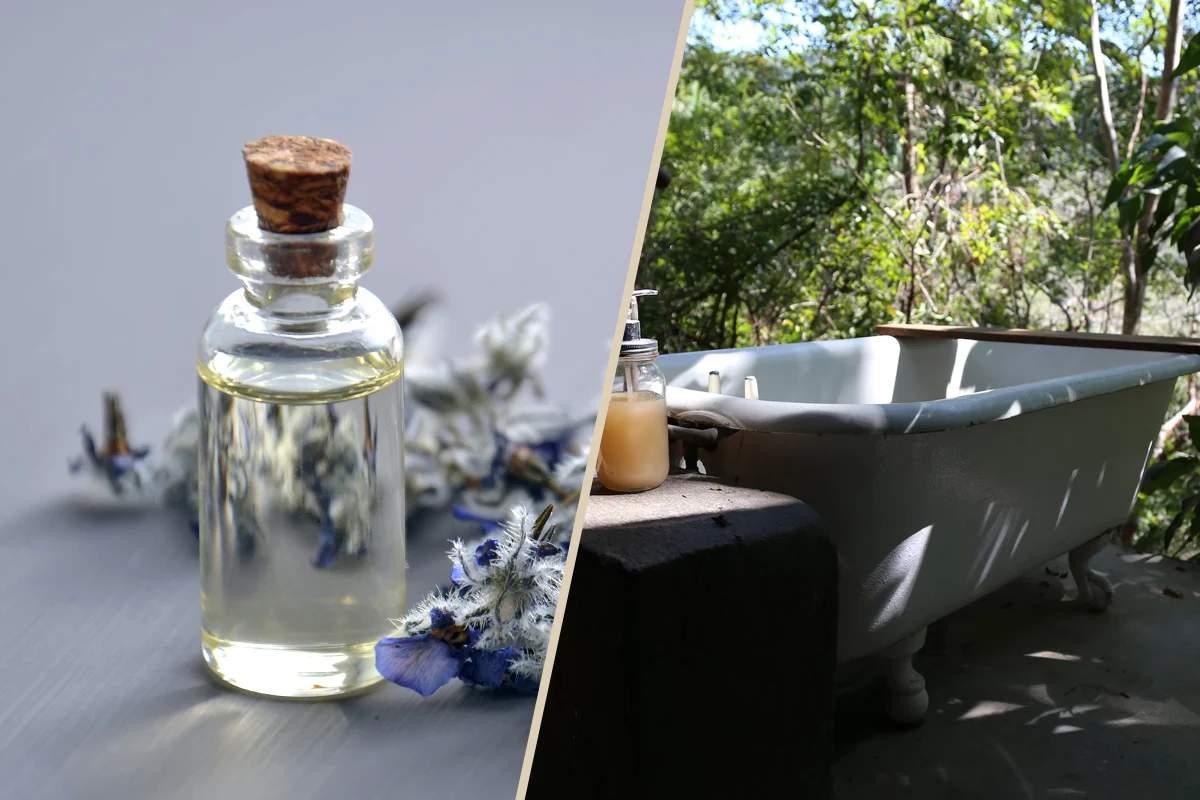Niacinamide has exploded onto the scene as a multitasking miracle worker. Backed by mountains of scientific research, it tackles a dazzling array of skin concerns, making it a must-have in any skincare arsenal. However, it is often overlooked in favor of trendier newcomers, niacinamide stands as a skincare hero, offering a bunch of benefits for various skin concerns.
This ultimate guide will unveil the secrets of niacinamide and provide comprehensive insights into its skincare benefits.
Deep Dive into Niacinamide
Niacinamide (aka vitamin B3 or nicotinamide) is a type of water-soluble vitamin that plays a vital role in maintaining a healthy complexion. Unlike some skincare ingredients that cater to specific concerns, niacinamide is a multitasking marvel, addressing a wide array of issues such as uneven skin tone, enlarged pores, fine lines, and dullness. What sets niacinamide apart is its compatibility with all skin types, including sensitive and acne-prone skin.
One of the most remarkable qualities of niacinamide is its ability to strengthen the skin barrier. By bolstering the barrier function, it reduces moisture loss, enhances resilience against environmental stressors, and ultimately promotes a healthier skin structure. Additionally, niacinamide has anti-inflammatory properties, making it effective in soothing redness, calming sensitive skin, and combating acne.
What Are Different Types of Niacinamide
Niacinamide, the superstar ingredient in the skincare world, might seem like a singular entity, but it comes in a few different forms! Each form has its own unique properties and uses, so understanding the nuances can help you choose the best one for your skin concerns. Let's explore the different types of niacinamide:
- 1. Nicotinamide:
This is the most common form found in skincare products. It's water-soluble, stable, and gentle on most skin types. Nicotinamide is a powerhouse for tackling various concerns like acne, hyperpigmentation, wrinkles, and dryness. Its versatility and effectiveness make it the go-to choice for many.
- 2. Niacin:
This form, also known as nicotinic acid, is less commonly used in skincare due to its potential to cause irritation and flushing, especially in high concentrations. However, niacin can be beneficial for treating severe acne and improving blood flow to the skin. It's often used in prescription medications or under a doctor's supervision.
- 3. Inositol Nicotinate:
This is a derivative of niacinamide that can penetrate the skin more deeply. It's sometimes used in topical products for improving circulation and reducing the appearance of cellulite. However, due to limited research and potential for irritation, inositol nicotinate isn't as widely used as nicotinamide.
- 4. Niacinamide Complex:
This isn't a specific type of niacinamide, but rather a formulation that combines niacinamide with other beneficial ingredients like hyaluronic acid, ceramides, or antioxidants. These complex formulas can address multiple skin concerns simultaneously and offer additional benefits like hydration or barrier repair.
Benefits of Niacinamide for Different Skin Concerns
Niacinamide's versatility shines in addressing an array of skincare woes. For those struggling with hyperpigmentation or dark spots, niacinamide works wonders by inhibiting pigment transfer to skin cells, leading to a more even complexion over time. Its ability to regulate sebum production makes it an excellent choice for controlling oiliness and minimizing the appearance of pores.
Moreover, niacinamide's anti-aging properties make it a valuable asset in reducing fine lines and wrinkles, boosting collagen production, and improving skin elasticity. With consistent use, individuals often notice a smoother, plumper complexion.
- Choosing the Right Niacinamide Product
Selecting the right niacinamide product amidst the sea of options can be overwhelming. When exploring products, opt for stable formulations packaged in opaque containers to protect the ingredient from light and air exposure, which can compromise its efficacy. Look for concentrations between 2% to 5% for optimal results without causing irritation.
Consider complementary ingredients in the product formulation. Pairing niacinamide with antioxidants like vitamin C can boost its effectiveness in brightening the skin and addressing hyperpigmentation. However, avoid combining niacinamide with acidic ingredients, such as alpha hydroxy acids (AHAs) or beta hydroxy acids (BHAs), as they may reduce its efficacy.
- Integrating Niacinamide into Your Skincare Routine
Introducing niacinamide into your skincare routine requires a strategic approach. Begin by incorporating it gradually, starting with a patch test to ensure compatibility. Start using it once a day, preferably in the morning or evening after cleansing and toning.
Seal it up with a light moisturizer to lock in hydration. Over time, you can increase the frequency of use to twice daily, observing how your skin responds. Always remember to apply sunscreen during the day, as niacinamide does not make the skin more sensitive to the sun but investing in sun protection is crucial for overall skin health.
Concluding...
Niacinamide stands as a stalwart in the realm of skincare, offering a multitude of benefits that cater to diverse skin concerns. Its versatility and compatibility with all skin types and various skin care products make it a quintessential ingredient in achieving flawless, healthy skin.
By understanding its mechanisms, choosing the right products, and integrating it thoughtfully into your routine, you unlock the potential of this skincare hero for a radiant complexion. Embrace niacinamide and witness its transformative magic on your skin.
















